There’s a growing trend in retail that can significantly impact your shopping experience: point of sale financing. This guide will help you navigate the ins and outs of financing options available at checkout, empowering you to make informed decisions. You will learn about how it works, the benefits and potential pitfalls, and tips to ensure you choose the best financing method for your needs. Understanding point of sale financing can enhance your purchasing power while being mindful of your financial health.
Understanding Point of Sale Financing
Before exploring into the ins and outs of point of sale financing, it is important to recognize how it can impact your purchasing decisions. This financing method allows you to secure loans or payment plans right at the point of sale, making it easier to make larger purchases without immediate out-of-pocket expense.
What is Point of Sale Financing?
An emerging trend in retail, point of sale financing refers to the option provided by merchants to consumers for financing purchases at the moment a sale is made. This option generally involves collaborating with third-party companies to offer flexible payment plans, enabling you to take home products while paying over time.
Types of Point of Sale Financing Options
You may encounter several types of point of sale financing options, each catering to different needs and preferences. Understanding these options can empower you to make informed decisions when making purchases. Here are some common types:
| Option | Description |
| Installment Loans | Loans to be paid off in fixed monthly payments over time. |
| Buy Now, Pay Later | Short-term financing where payments are divided over a few months. |
| Credit Card Purchases | Using credit cards for flexible repayment terms. |
| Deferred Payment Plans | Paying for purchases at a later date without interest. |
| Lease-to-Own | Renting items with the option to buy after a period. |
Understanding these options allows you to select a financing method that aligns with your financial situation and spending habits. The flexibility of this financing can often relieve the pressure of large purchases.
- Evaluate your budget to determine what type of financing suits your needs.
- Consider interest rates and terms that align with your repayment capacity.
- Look for promotions or offers that might ease your payment plans.
- Read all terms and conditions before committing to any financing arrangement.
- Assess your overall financial health, including current debts.
Understanding the various point of sale financing options can significantly enhance your shopping experience. Each option has distinct features, benefits, and drawbacks, and recognizing these can help you choose wisely. Here’s a breakdown of some key features:
| Feature | Benefit |
| Flexible Payment Plans | Ease the burden of large purchases. |
| Quick Approval Processes | Receive financing nearly instantly. |
| No Hidden Fees | Understand exactly what you owe. |
| Improved Spending Power | Make larger purchases without immediate payment. |
| Build Credit | Establish or enhance your credit score over time. |
The diverse financing options available enable you to align your spending with your operational needs effectively.
Factors to Consider Before Choosing Financing
One of the most important steps before selecting a financing option is evaluating various factors that can influence your decision. These include:
- Your credit score and history
- Overall loan affordability
- Repayment flexibility
- Impact on your financial health
Thou must weigh these factors carefully to make an informed choice.
Interest Rates and Fees
The interest rates and fees associated with point of sale financing can significantly affect the total cost of your purchase. Always review the Annual Percentage Rate (APR) and any hidden fees before signing the agreement. Opting for options with lower rates can save you money in the long run. You should also consider how these costs compare to traditional credit options.
Loan Terms and Conditions
Financing agreements come with specific loan terms and conditions that you should thoroughly understand before committing. These terms can include the repayment period, eligibility requirements, and penalties for late payments. It’s important to assess whether these conditions align with your financial goals and budget to avoid overextending yourself financially.
With different lenders offering varying loan conditions, it’s advisable to compare multiple options. Look for terms that are favorable to you, such as shorter repayment periods or flexible payment dates. Understanding the documentation you need, as well as any obligations attached, will empower you to make decisions that align with your overall financial strategy.
Pros and Cons of Point of Sale Financing
Now, it’s important to weigh the benefits and drawbacks of point of sale financing before making a decision. Here’s a quick overview to help you understand what to consider:
| Pros | Cons |
|---|---|
| Easy access to financing | Potential for high interest rates |
| Quick and straightforward application process | Can lead to overspending |
| Flexibility in repayment options | Limited payment plans available |
| Instant approval availability | Credit score impact |
| Enhances consumer purchasing power | Can lead to hidden fees |
Advantages for Consumers
Any consumer can benefit from point of sale financing as it provides a convenient way to manage larger purchases without immediate payment. It allows you to break down the cost into manageable installments, making it easier to budget. Additionally, with the potential for quick approvals, you can make your desired purchase without lengthy delays, enhancing your shopping experience.
Disadvantages and Risks
Cons of point of sale financing include potential pitfalls that may arise from impulsive spending or unexpected repayment terms.
To fully understand the disadvantages and risks, consider the fact that while the option may simplify purchases, it can encourage you to buy more than you can afford. Additionally, high interest rates can accumulate, leading you into a cycle of debt. If you’re unable to keep up with repayments, your credit could be adversely affected, making future financing more challenging. Always read the terms thoroughly to avoid unexpected costs.
Step-by-Step Guide to Using Point of Sale Financing
After you’ve decided to explore point of sale financing, follow these straightforward steps to secure the funds you need. You’ll find that understanding the process can help you make informed decisions when making purchases.
| Step | Description |
| 1. Evaluate Options | Research different financing providers and terms that suit your needs. |
| 2. Shop | Select your desired products while considering your financing options. |
| 3. Apply | Complete the financing application at the point of sale. |
| 4. Accept Terms | Review and accept the terms of the financing agreement. |
| 5. Complete Purchase | Finalize your transaction using the approved financing. |
How to Apply for Financing
An application for point of sale financing typically involves filling out an online or paper form at the retailer. You’ll need to provide personal information, including your income and spending habits. Once you submit, you may receive immediate feedback on your eligibility, allowing you to quickly find out if you’re approved for funding.
Managing Payments and Obligations
Point of sale financing requires careful attention to your payment obligations. You should keep track of your due dates and ensure timely payments to avoid additional fees or interest. It’s also wise to budget accordingly to prevent financial strain.
Sale financing often comes with specific repayment terms and conditions that you need to abide by. As the due dates approach, make it a priority to review your payment schedule. Staying organized with reminders can help you adhere to your obligations without delay. If possible, consider setting up automatic payments to streamline the process and mitigate the chance of missed payments. By managing your financing effectively, you can make the most of your purchases while maintaining a healthy financial status.
Tips for Maximizing Your Point of Sale Financing Experience
Keep these tips in mind to enhance your point of sale financing experience:
- Evaluate interest rates and terms before committing.
- Take advantage of promotional offers when available.
- Assess your budget to avoid overspending.
- Make timely payments to maintain a good credit score.
Knowing these tips will help you navigate your financing options successfully.
Choosing the Right Retailer
Your choice of retailer can impact your point of sale financing experience significantly. Look for reputable retailers that offer competitive financing options and transparent terms. Reading customer reviews can also provide insight into their reputation and the quality of service you can expect.
Understanding Your Repayment Plan
To fully benefit from point of sale financing, understanding your repayment plan is key. Familiarize yourself with the payment schedule, interest rates, and any fees associated with your plan.
Plus, make sure you know when payments are due and how much you’ll owe each month. This knowledge allows you to manage your finances effectively and avoid any missed payments that could impact your credit score. Monitoring your repayment helps ensure that your financing experience remains smooth and beneficial.
Conclusion
Presently, understanding point of sale financing can significantly enhance your purchasing decisions. By knowing your options, you can manage your budget more effectively and avoid high-interest debt. It’s vital to read the terms carefully and assess whether the financing aligns with your financial goals. With the right information, you’ll be better equipped to make informed choices that suit your needs, ultimately empowering you to shop wisely and confidently.

